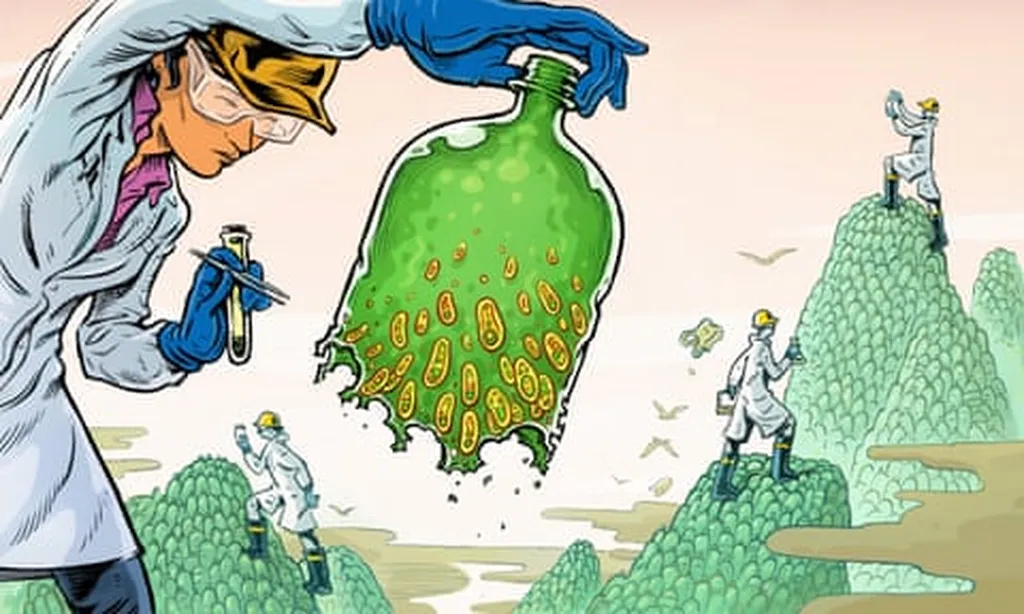In the heart of China, researchers are harnessing the power of tiny, green organisms to revolutionize biomedical applications, and their findings could send ripples through the energy sector as well. Jian Wang, a scientist from the Union Hospital, Tongji Medical College at Huazhong University of Science and Technology, is leading a team that’s engineering unicellular algae into living, photosynthetic micro and nano-platforms. Their work, recently published in the journal *Bioactive Materials* (translated as *活性材料*), is opening up new avenues for therapeutic delivery and tissue regeneration.
The team’s research focuses on the unique capabilities of unicellular algae, which have evolved over billions of years to possess multifunctional traits. These tiny powerhouses can generate oxygen, move dynamically, and even glow, making them ideal candidates for precision engineering in biomedical applications. “We’re talking about a natural system that’s been refined by evolution,” Wang explains. “These algae can produce oxygen and hydrogen gradients, which can be harnessed for therapeutic purposes. They also have inherent fluorescence and photodynamic effects that can be used for imaging and treatment.”
One of the most promising applications of this research is in the treatment of hypoxic conditions, where tissues are starved of oxygen. “Imagine being able to deliver these algae to damaged heart or brain tissue, where they could generate oxygen on demand, rescuing neurons or cardiomyocytes,” Wang says. This could be a game-changer for conditions like myocardial infarction and ischemic stroke. Moreover, the increased oxygen levels could improve the hypoxic tumor microenvironments, enhancing the sensitivity of chemotherapy and radiotherapy to malignancies.
But the potential doesn’t stop at medical applications. The energy sector could also benefit from this research. Algae’s ability to generate oxygen through photosynthesis is a well-known process, but Wang’s team is exploring ways to harness this capability more efficiently. “If we can engineer these algae to produce oxygen more effectively, we could potentially use them in systems that require a constant oxygen supply, such as fuel cells or even in space exploration,” Wang suggests.
The team has also developed versatile algae-based microswimmers for delivering therapeutic agents to treat gastrointestinal diseases and bacterial infections. These microswimmers can be precisely engineered to navigate the body, thanks to their flagellar propulsion systems and unique morphologies. “We’re just scratching the surface of what’s possible with these tiny, living platforms,” Wang says.
As the world grapples with the challenges of climate change and the need for sustainable energy solutions, research like Wang’s offers a glimmer of hope. By harnessing the power of nature’s tiniest organisms, we could unlock new ways to heal the human body and power our world. The journey is just beginning, but the potential is immense. As Wang puts it, “We’re standing on the brink of a new era in biomedicine and biotechnology, and these tiny algae are leading the way.”

